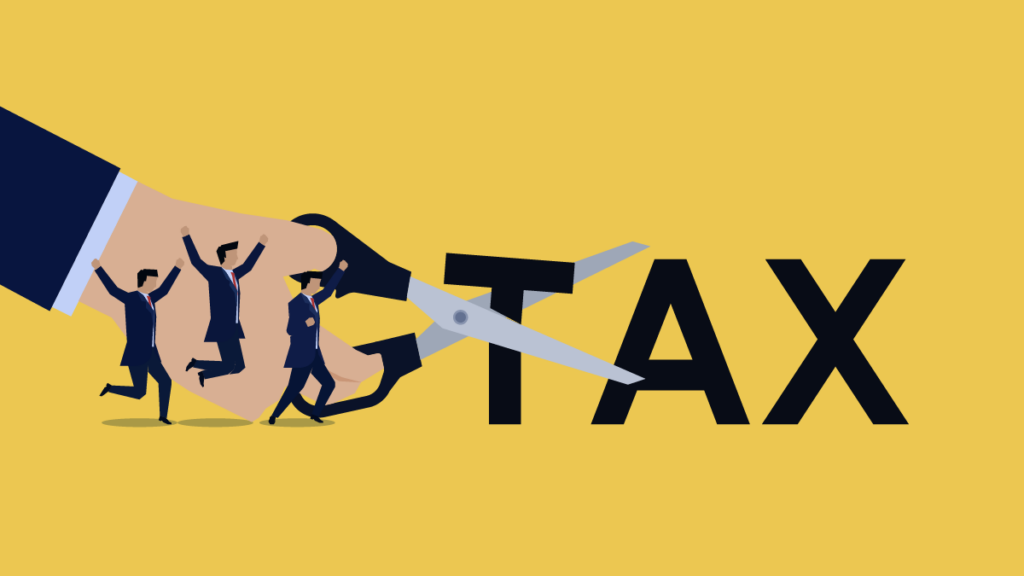Updated on Nov. 16, 2022 with the final results from Arizona.
This week voters in Massachusetts and Colorado raised taxes on their wealthiest residents to fund schools, public transportation and school lunches for kids while making their tax codes more equitable. And voters in West Virginia defeated a proposal to deeply cut taxes, mostly for businesses, and drain the coffers of county and local governments.
These victories mark important progress for tax justice and a counterweight to the many states that made their tax codes less fair and their budgets less robust during their legislative sessions.
Unfortunately, not all the news from the ballot box was rosy, with Colorado voters also passing an income tax cut that in part undercut the positive move and Arizonans creating artificial barriers for revenue-raising ballot initiatives to pass in the future.
Massachusetts
The Fair Share Amendment in Massachusetts was approved with 52 percent of the vote. The long-awaited measure will apply an additional 4 percent income tax to household income above $1 million, raising at least $2 billion a year in annual revenue for schools and transportation. The proposal would also make the Bay State’s tax code more equitable, bringing the share of income paid toward state and local taxes by the wealthiest 1 percent of households to 8.7 percent (up from 6.8 percent), much closer to the share of income that the rest of Massachusetts households pay (8.9 percent).
West Virginia
West Virginia voters defeated Amendment 2 by a 64-36 margin. Amendment 2 would have been the first step in reducing property tax revenues by $515 million across the state, mostly to benefit out-of-state businesses. It would have amended the state’s constitution to give the legislature the authority to exempt business machinery and equipment, business inventory and personal vehicles from property taxation, resulting in a severe loss of revenue for counties and local governments. Businesses overall would have nabbed two-thirds of the tax cuts.
Colorado
Voters in Colorado approved a tax hike on the state’s wealthiest families while also approving an income tax cut that will disproportionately benefit many of those same wealthy families.
Voters, by a 55-45 margin, approved Proposition FF, which will raise taxes on households earning more than $300,000 by limiting state income tax deductions to $12,000 for single filers and $16,000 for joint filers. The $100 million the initiative will raise will provide free school meals to all Colorado students in public schools.
Yet nearly two-thirds of voters approved Proposition 121, which will cut the state’s income tax rate to 4.4 percent from 4.55 percent, costing the state approximately $400 million a year while making Colorado’s tax code less equitable. The 1.2 percent of Coloradans who earn $500,000 or more a year will receive 23.2 percent of the tax cut, while the 67 percent of Coloradans earning $75,000 or less a year will receive just 18.5 percent.
Arizona
Arizona’s Proposition 132 was approved by 50.7 percent of the voters, passing by just over 33,000 votes. The extremely slim margin is ironic since it is an anti-democratic initiative that will prevent future ballot measures – but only ones that raise revenue – from passing with the same simple majority. Proposition 132 will allow just 41 percent of voters to defeat any tax-raising ballot measure, drastically limiting the ability of Arizonans to raise revenue and invest in their future. Arizona has seen over three decades of significant tax cuts decimate the state’s ability to fund schools, health care, higher education and other public services. A saving grace has been the fact that Arizona voters have often approved new revenue via the ballot – but five of these ballot measures that have raised money for education and health would have failed had Proposition 132 been in place, since they were approved by a majority of voters, but not more than 60 percent of voters.
California
A complicated ballot measure would have raised taxes on the wealthy, but the bill was flawed, promoted by narrow interests that stood to benefit financially, and designed to get around a sensible requirement that revenue in California go into the General Revenue Fund to be broadly available for education and other needs. Because of these shortcomings, this proposal’s failure is not a defeat for tax fairness.
In all, this year’s tax ballot measures clearly show that, in many states, voters are willing to cast their votes for better tax codes, stronger public services and a better future. Let’s hope legislators thinking about their plans for 2023’s legislative sessions take note.





